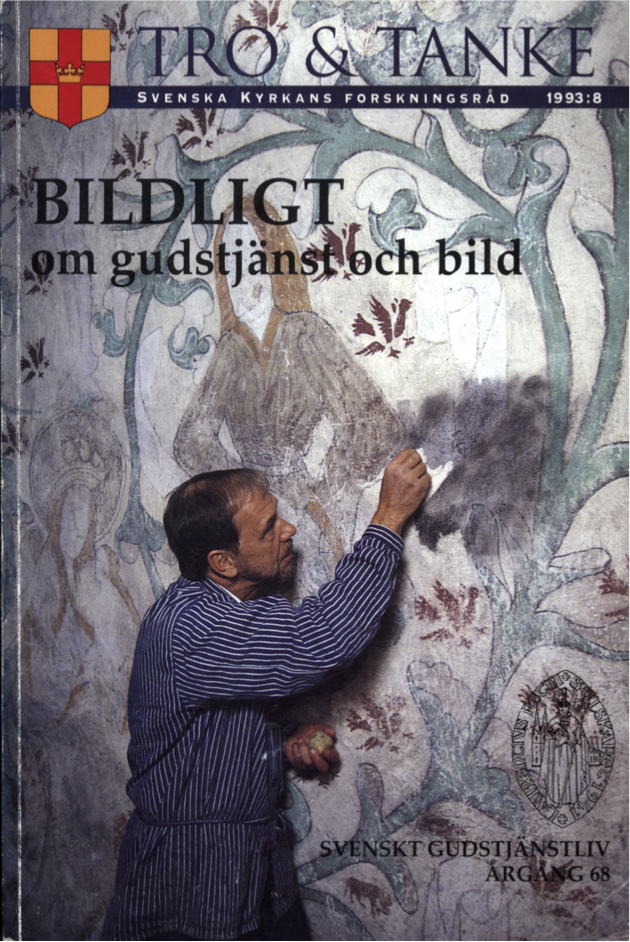Frötallar och ropande eldstungor - Om bilder i predikan
Abstract
In this article, I discuss the use of pictorial language as a rhetorical device in sermons. As a background I briefly refer, on the one hand, to general linguistic insights concerning how pictorial language works, touching upon metaphors, comparisons, illustrations, examples, etc., and also calling attention to how these means of expression are subject to development and change over the times. On the other hand, I cite opinions and advice of some rhetorical authorities from Antiquity, who, of course, also turned their attention to the rhetorical possibilities of using imagery. On several occasions in my running discussion references are made to insights, warnings or remarks of these writers.
The main part of the paper is gathered around a collection of quotes from Swedish sermons, the earliest by J O Wallin (the beginning of the 19th century), the others from this century, up through the seventies. To gather them I have gone through eight volumes of sermons, three of them being anthologies. For the discussion the examples are grouped ac cording to the following criteria as to origin and/or function: a) pathos, i.e., cases where the speaker wants to affect the emotions of the audience (e.g., "the soul is similar to an uneasy animal which cannot be quiet when its Master draws near"); b) imagery from the Bible; c) images of a more universal character, sometimes somewhat vague (e.g., "the storm of your soul", "the wings of his spirit"); d) attempts to bridge the gap be tween a Biblical text and a modern audience by using modern imagery (e.g., the rich farmer of Luke 12 is made inspect his new combine-harvester); e) elucidating comparisons (e.g., the work of Joseph, the patriarch, in Egypt is compared to that of the rationing commission during the war; f) "flowery" language, i.e., imagery used to create an impressive, moving or solemn atmosphere (e.g., concerning the death of a little child: "it was torn away on a springtime morning"); g) faded images, awkward combinations (e.g., good Christians are said to "recognize the voice of the Good Shepherd also in the surge and among the rocks of the stormy sea of the world"). The discussion of the examples ends with a few reflections on the possibilities of pictorial language as a rhetorical device but also on how soon specimens of such language can become discoloured, ineffective or even ridiculous.
Downloads
Publicerad
Nummer
Sektion
Licens
© författarna, Laurentius Petri Sällskapet för svenskt gudstjänstliv samt Artos & Norma bokförlag. Det är tillåtet att kopiera och använda material ur Svenskt Gudstjänstliv för forskningsändamål om källan anges. För övriga ändamål kontakta respektive artikelförfattare samt förlaget. Särskilda restriktioner kan gälla för bildmaterial.


